#indiginous canadian
Text
Since it's disability pride month and yesterday was burn the American flag day, I just wanna give a shout out to all the native Americans like me who, despite wanting to, cannot keep their hair long because of bad sensory issues.
You are not less native than those who can grow their hair long.
Your ancestors love and understand why you cut your hair.
You are not required to follow traditions you cannot participate in due to your sensory issues.
Having short hair is not a "white thing" or " disrespectful towards the great spirit and our ancestors".
Your hair can look, feel and be as long or as short as you want and you are still just as beloved by your ancestors.
White people can rb but don't clown with info about tribes you had to google.
#mogai#mogai community#mogai pride#actually mogai#clover speaks#two spirit#2 spirit#2s#native#native american#native canadian#since we also have similar traditions#metis#indiginous american#indiginous canadian#first nations#first nations american#first nations canadian#inuit#cherokee#only because im cherokee and inuit so ye#btw this is about my autism#autism#sensory issues#short hair
318 notes
·
View notes
Text
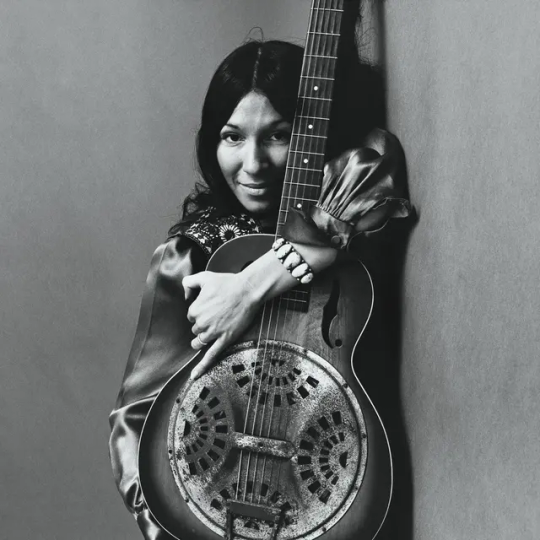
Is anyone else gripped by the revelations emanating from Canada that revered First Nation folk singer and activist Buffy Sainte-Marie is a Pretendian (“a person who falsely claims to have Indigenous ancestry.” See also: Sacheen Littlefeather)? In recent years there's been a rush of documentaries and tributes to her, and Sainte-Marie appeared on a postage stamp. But looking back on her life and sixty-year career and re-visiting old interviews uncovered inconsistencies. Then Sainte-Marie’s family members started speaking up and it unraveled from there. Sainte-Marie (now 82 years-old) has always insisted she was born on Cree land in Saskatchewan and adopted as a baby by a white American family in Maine. The Canadian Broadcasting Corporation’s new exposé reveals she was their biological daughter all along, and that Sainte-Marie kept relatives silent with legal (and blackmail) threats. The disillusioning saga raises so many questions. Sainte-Marie was prodigiously talented and would have found stardom anyway, so why (as one commentator asks) “did she have to do it in redface?” What was the emotional toll of maintaining this façade for so many decades, always worrying about being uncovered? And is Sainte-Marie’s considerable advocacy, charity work and consciousness raising a mitigating factor? Read here or watch here. Pictured: Buffy Sainte-Marie photographed by Jack Robinson for Vogue magazine, May 1969.
20 notes
·
View notes
Text
Help me Native Tumblr
I wanna learn more about Native Canadian folklore stories (because I wanna make a fakemon region based off canada and not including any pokemon based off of native folklore feels wrong) but I don't know where to start?
Apparently it's really common for people to just make up fake folklore stories, which scares me because what if I find one and accidentally think it's real (and then make a pokemon based off it and look like an idiot)
But I don't know any good recourses to learn about this kind of folklore, and I don't know where to start. So please reblog this post telling me where to look
#native canadian#native culture#indigenous#indigenous peoples#indigineous people#canada#folklore#help#please have pity on me
6 notes
·
View notes
Text
#hip hop#rap#rap music#rapper#underground hip hop#underground rap#canadian hip hop#canadian rapper#indigenous#mi'kmaq#indigineous people#mi'kmaw#underground#r and b#country rap#gangsta rap#hip hop music#east coast rap#east coast#wild west#nativeamericans#new music#native american#nova scotia#ontario#artists on tumblr#song#pop music#musician#music
2 notes
·
View notes
Text
‘They’re destroying us’: Indigenous communities fear toxic leaks from Canada oil industry
“In May, Calgary-based Imperial Oil notified Alberta’s energy regulator it had discovered discoloured water near its Kearl oil sands project. The regulator soon concluded the water had come from tailings ponds where the company stored the toxic sludge-like byproducts of bitumen mining. Environmental samples showed high levels of several toxic contaminants, including arsenic, iron, sulphate and hydrocarbon – all of which exceeded provincial guidelines.
“But the company failed to notify the federal government and nearby Indigenous communities. In February, there was another leak, in which 5.3m litres of tailings water escaped from an overflowing catchment pond. This time, the community was informed two days later …
“For residents who are forced to live in fear about the water they can’t drink or the food that could be tainted, environmental justice remains elusive.
“‘We’re not talking about compensation. I don’t want compensation. I want them off our traditional land. This is Treaty 8 territory, where my great-uncle signed that treaty. They’re using our land, and they’re destroying us,’ said Rigney. ‘This is a battle worth fighting for. I can’t say I see the light at the end of the tunnel. But as long as I have a voice, I will keep speaking.’”
#indigineous people#indiginous land#indigenous rights#indiginous#oil sands#oil drilling#oil projects#oil extraction#extraction#fossil capitalism#capitalism#extractivism#climate crisis#climate breakdown#climate change#climate justice#canadian politics#canada#north america
5 notes
·
View notes
Text
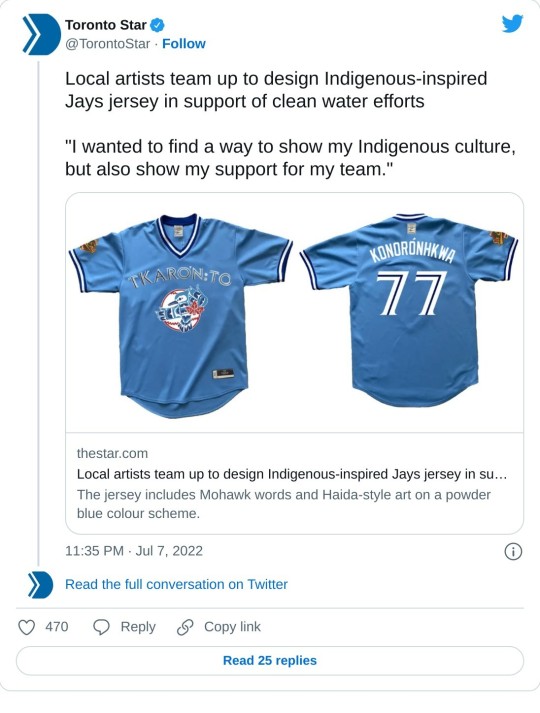
So cool!
7 notes
·
View notes
Video
youtube
I’m getting older. It’ been a while since I’ve been blown away by something new.
Listen to: ZOON - "Vibrant Colours"
2 notes
·
View notes
Text
hey can i just say that i’m really pissed that no one’s talking about how si pih ko sang canada’s original national anthem in cree in front of the pope in alberta during his visit and no one’s talking about it
#you can literally hear the pain in her voice#an apology from the church is not even close to the extent of what needs to be done to reconcile with indigenous people#but nope of course none of the tv channels are going to show it#it just makes me so fucking angry that indigenous peoples trauma and pain is so glossed over and ignored by the rest of the world#but also lots of canadians ofc too#tw racism#tw christianity#indigineous people#indigenous#canada#papal visit#payton rambles
2 notes
·
View notes
Text
In the 1970s, we saw mass sterilization. What people aren't aware of, is this has continued and is still in practice to this day, particularly to Native Canadians. Canada has a grimy history of eugenics. That history still effects citizens to this day.
This practice makes getting reproductive healthcare a dangerous task to many indigenous women. It must be said, of course, this experience is not exclusive to indigenous people. It has also effected (and in many places continues to effect) African Americans, Latinas, and Disabled folk.
In other cases (more common in the 20th century) poor white people and immigrants would also suffer under the knife. I must also address that there were SEVERAL groups that have suffered from such discrimination. The common thread between them is that they were seen as "unfit" and/or "other" by quote on quote "society."
PSA: Stand up for groups that are being "othered." They often are suffering more than we know. Between fear of backlash as well as people being silenced, groups such as these have every reason to stay silent. The few that first come out are extremely brave and should be remembered as such.
#native american#native canadian#native women#indigenous#indigineous people#indigenous women#canadian politics#us politics#politics#disability#disabled#disabilties#latina#african american#black history#immigrants#immigration#poverty#social issues#world politics#north america#canada#usa#united states#tw sterilization#tw forced sterillization#tw eugenics#discrimination#medicine#health
1 note
·
View note
Text

Emily Carr
Kitwancool
1928
0 notes
Text
Sometimes I feel upset I grew up in canada but then I remember all of the lovely history here that’s rarely talked out. I live on shushwap land and I’m white but I grew up around a lot of the culture because of the mentors I had in my life growing up and because my two younger sisters are Métis. It’s really the true Canadian culture here and I’m so glad I got to be a part of it even in a small way. My boyfriend is also Métis and I’ve been getting to see more of the culture again and it’s just so lovely. It’s so important to stand with the indigenous people of your area especially in these trying times. I owe so much to the local Shuswap people I knew as a kid and not that I’m older I know I never want to be come like some of my ancestor’s.
So, fuck the racists y’all and don’t forget that just because it isn’t often talked about. Just because something is common (like being a racist to native people in a lot of places) doesn’t mean it’s right and you should always discover what you believe in yourself. Racism is never the answer and if you think it is I hope you get help man.
Anyway support to the local shushwap band near me I try my best q.q damn ancestors.
0 notes
Text
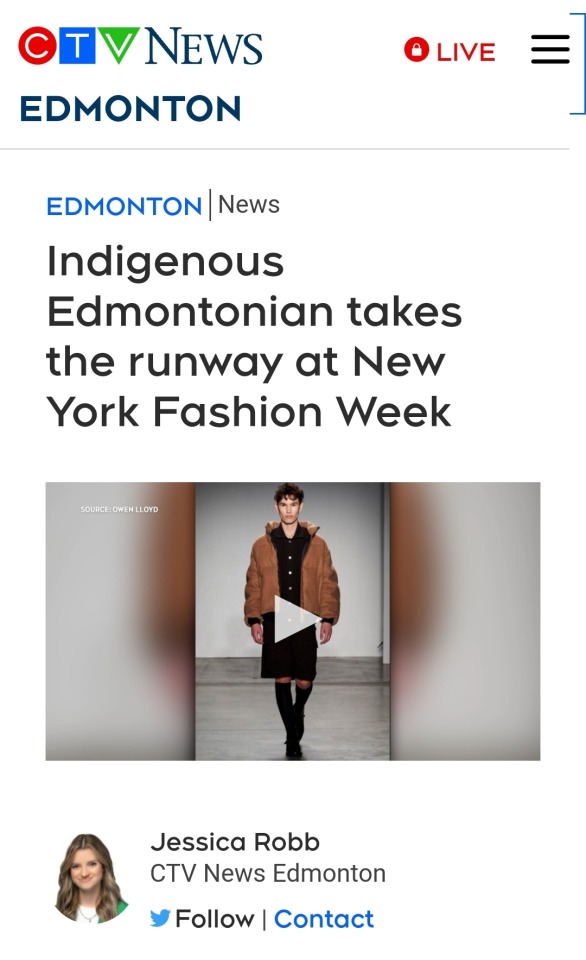


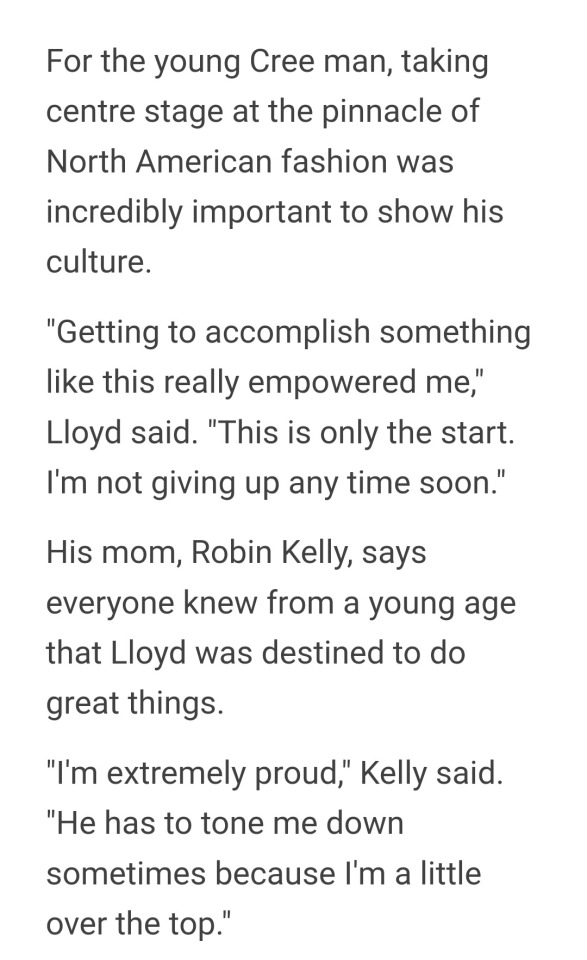



1 note
·
View note
Text
How Can You Get Involved and Advocate to Resolve Inadequate Living Conditions on Reserves?
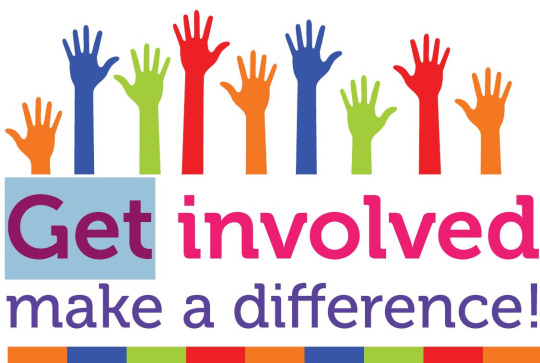
There are 2 main ways you can help out.
Spread awareness of these issues to others who may not know about them.
Donate to indigenous communities. One organization that you can donate to that advocates for First Nations rights is the Assembly of First Nations.
Now for the reveal of where I got all the information that I presented in my blog posts from:
Hutter, Kristy. “Northern Ontario First Nation Residents Get to Design Their Own Homes in Pilot Project.” CBC News, CBC/Radio Canada, 1 Nov. 2017, www.cbc.ca/news/canada/nibinamik-pilot-project-home-design-1.4374183.
Melvin, Alexandria, and Thomas Anderson. “Housing Conditions among First Nations People, Métis and Inuit in Canada from the 2021 Census.” Government of Canada, Statistics Canada, Government of Canada, Statistics Canada, 21 Sept. 2022, www12.statcan.gc.ca/census-recensement/2021/as-sa/98-200-X/2021007/98-200-X2021007-eng.cfm.
CBC News: The National. Could a New Approach to First Nations Housing Be a Game-Changer? YouTube, CBC News: The National, 1 Nov. 2017, www.youtube.com/watch?v=UpRyv5VzmjA.
Needham, Fraser. “Study: First Nations Children’s Health Impacted by Poor Housing Conditions.” APTN News, 24 Jan. 2022, www.aptnnews.ca/featured/study-first-nations-childrens-health-impacted-by-poor-housing-conditions/.
“Government Spending by Function, 2021.” Statistics Canada, Government of Canada, 25 Nov. 2022, www150.statcan.gc.ca/n1/daily-quotidien/221125/dq221125a-eng.htm.
0 notes
Text
#hip hop#rap#rap music#rapper#underground hip hop#underground rap#canadian hip hop#canadian rapper#indigenous#mi'kmaq#mi'kmaw#indigineous people#underground#nativeamericans#nova scotia#new music#native american#pop music#pop#musician#music#song#artists on tumblr#canadian music#canadian#canada#east coast rap#east coast#wild west#country rap
2 notes
·
View notes
Text
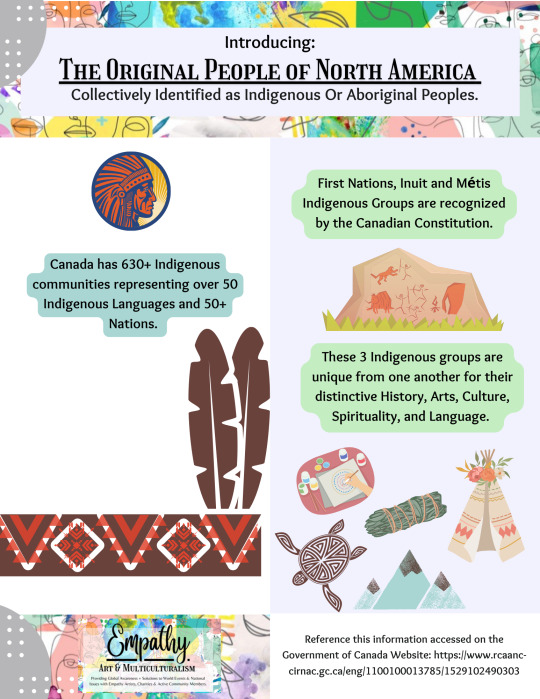
Edmonton Art and Multiculturalism,
Empathy Awareness Presents: The Original Settlers of North America.
Did you know, Canada has 630+ Indigenous communities representing over 50 Indigenous Languages and 50+ Nations.
There are 3 Indigenous groups recognized by the Canadian Constitution. Inuit Métis and First Nations each distinguished by unique Cultural practices and traditional values.
Follow along During June 1-30th, National Indigenous History Month, as we explore more in depth detail about Indigenous History, Traditions, Culture and People.
#art#design#empathy#awareness#current events#interesting facts#multiculturism#artistry#artists on tumblr#global news#indigenous#indigineous people#indigenous history#canadian#canadian history#historicalfacts#aboriginal#aboriginal history
0 notes
Text
I go the How to Draw BIPOC book for Christmas and I don’t...
I’m conflicted I guess. First of all I missed this, but it’s very self published. Namely Chapter 6 & 8 have an awkward placement and would have settled being given their own page instead of shoved onto the pages of another chapter. The inspiration chapter has 3 weird unused bullet points and the circles of the book are...a poor choice on most of the chapters. They’re large skin toned circles that are just in the middle of the pages and therefore merging with the line art. It’s a bit distracting especially in the inspiration gallery and two pages in which the circles are prominently are on faces.
The most diverse the book gets is detailing the history of the hair and that’s it, when it comes to specifics there’s...a canadian indiginous braid tutorial, there’s two quick paragraphs on east asian eyes, a chapter on religious wear that’s just the hijab and turban and not a tutorial so much just an x and a check mark on two images. There’s no real nose tutorial. A few images and there is no attempt to try to give ideas of what type of nose would typically go with what ethnicity type usually. The lips pages is for black lips only. And a whole chapter is for do not do caricatures.
Actually as I finished I’m no longer conflicted. I know this book is only $12.99 but it’s not worth it.
The skin tone chapter is just the same as the skin tone orbs that you can find online, but that’s about it. It goes a little further buy showing/adding orbs featuring tones for the bottom of feet and the palms of hands.
The hair follows that method of here’s a 2-3 pictures (4 on some) with no words or detailed words on the matter. What the author is more interested in in the hair section is history...which would be fine, but worthless without any meat to the instructions.
What hurts this book is that many times it says to look at references in which case...don’t get this book. It’s good for the skin tones and kind of (-ish) for the hair, but like just look at references. I can’t recommend this book even with the price.
1 note
·
View note